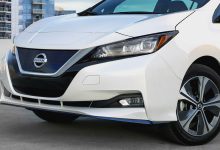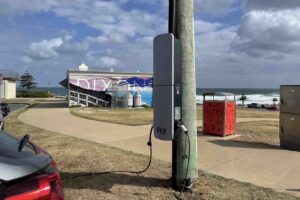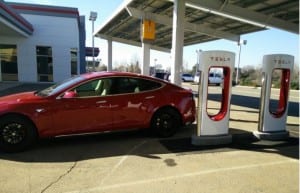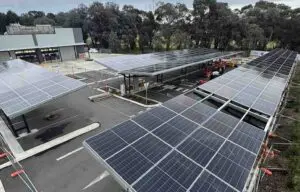Hi, I’m keen on getting an EV shortly but have a question in relation to how much of the vehicle is “upgradable”?
For example,
- if you purchase a vehicle with a 40kWh battery, can you change it to a 64kWh battery when you need to replace the battery?
- if the vehicle has a 7.2kWh charging limit can it be upgrade to 11kWh?
- do all batteries have the potential to do V2H or V2G and, if not, could you ensure you replace your battery with one of these when you upgrade?
- how much of the battery management is managed by software updates and not unchangeable hardware.
- what else could I update that I may not have thought of?
I’m trying to future proof a very expensive purchase as my previous car lasted [is still lasting] well over the life of an EV battery. [IE I’m one careful lady owner that lives in a regional area.]
Thank you,
Cindy
Hi Cindy – you ask a series of fascinating questions that reflect the old and new approaches of the auto industry.
Old Auto has long been of the mindset that to upgrade any vehicle feature, you MUST buy a new model.
They then created a paradigm whereby a new ‘model’ was released yearly (often the old one with a few chrome strips or an enhanced feature – like a radio or seatbelts being fitted as standard instead of as an option), and encouraging a ‘keeping up with the Joneses’ mentality through advertising designed to create virtual public shaming if you didn’t have the latest and greatest.
As you can guess from my description, this mentality has permeated the auto industry for well over half a century of car making, giving us today the ubiquitous fixed model with no upgradability.
A classic example of this annoying approach is the 30kWh Nissan Leaf. Its battery pack, despite being exactly the same size and shape as the 24kWh one, is not backwards compatible with the earlier 24kWh Leaf. (Not that this has stopped enterprising hackers showing that it is possible to do so: see my article here.)
Then along came Tesla…
To read the full story please go to RenewEconomy’s sister site, The Driven, click here…










